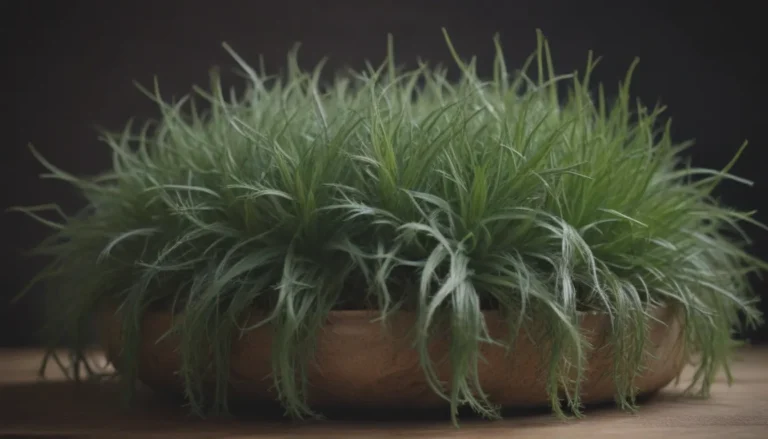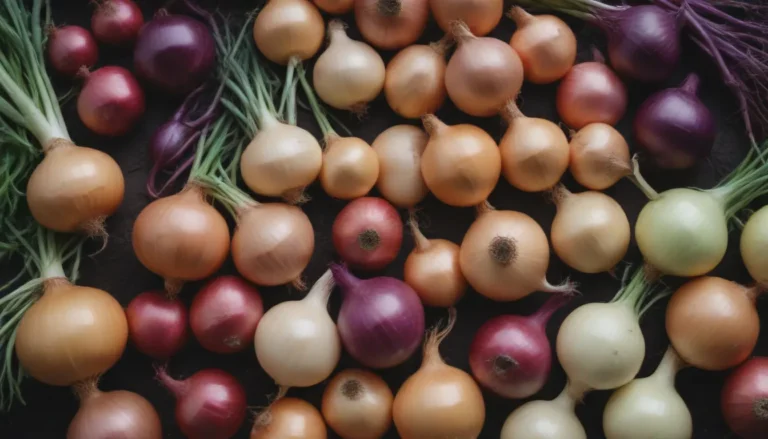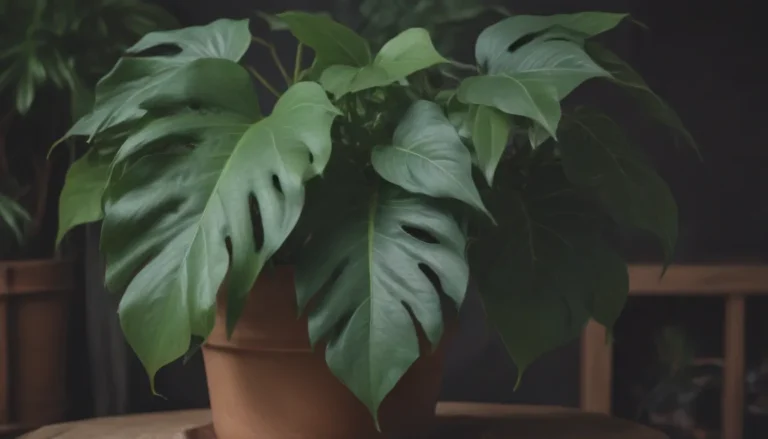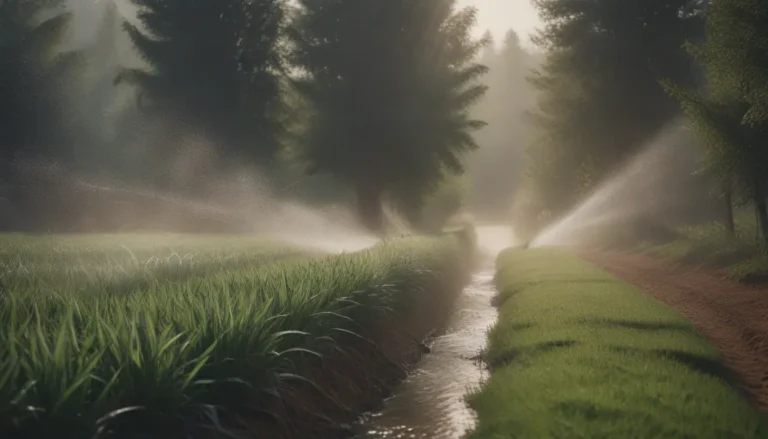Ultimate Guide to Growing and Caring for Kalanchoe Pinnata
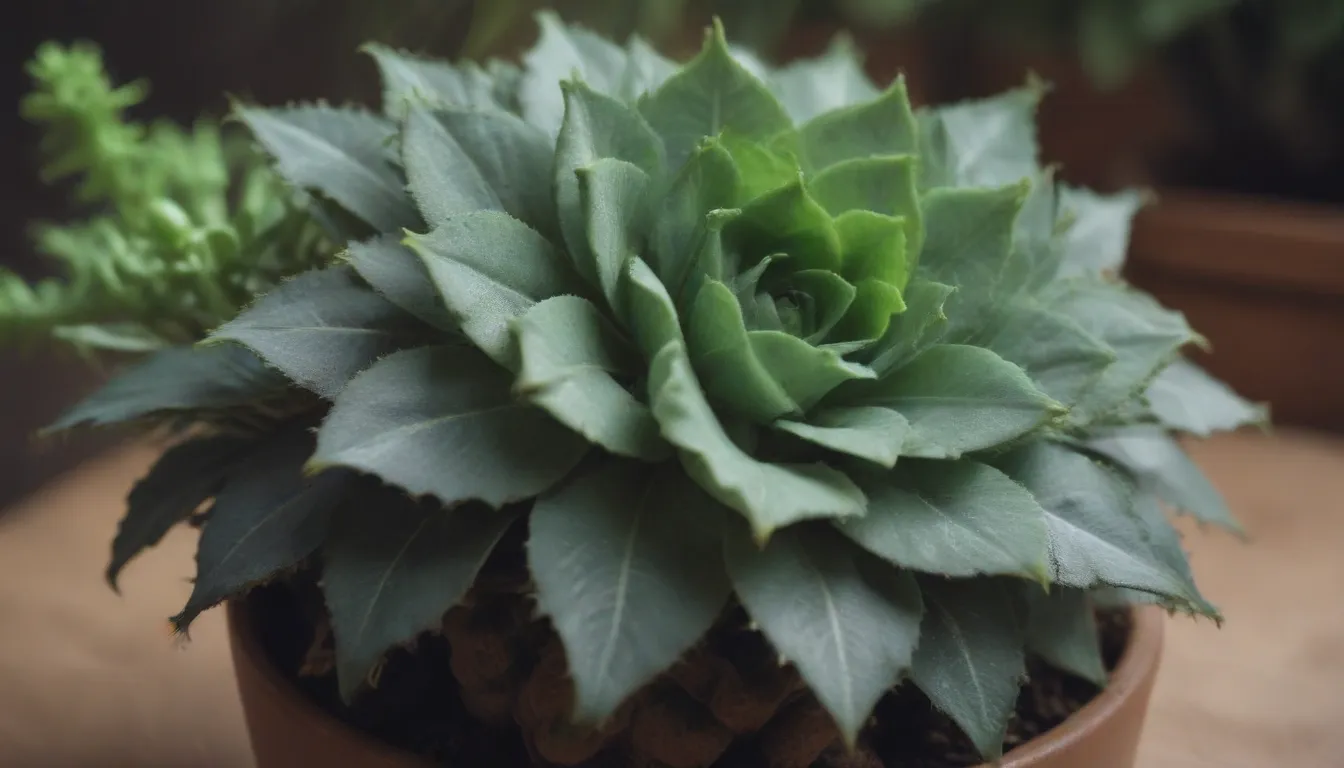
Are you looking to add a touch of beauty and greenery to your indoor space? Kalanchoe pinnata, also known as cathedral bells, is the perfect succulent plant to consider. With its vibrant bell-shaped flowers and unique ability to grow baby plantlets along the edges of its leaves, this plant is sure to add a pop of color and interest to any room.
In this comprehensive guide, we will delve into everything you need to know about growing and caring for Kalanchoe pinnata. From light and soil requirements to propagation tips and common problems, we’ve got you covered. So grab your gardening gloves and let’s get started!
Introduction to Kalanchoe Pinnata
Kalanchoe pinnata belongs to the stonecrop family and is renowned for its vigorous growth and stunning bell-shaped flowers. This plant thrives in warm temperatures, well-drained soil, and bright sunlight. However, it’s essential to note that like other Kalanchoe species, Kalanchoe pinnata is toxic to both people and pets. So be sure to keep it out of reach of curious furry friends!
Kalanchoe Pinnata Care: What You Need to Know
Warning: Kalanchoe pinnata has the potential to be invasive if planted outdoors in regions where it’s winter hardy (zones 10-11). To prevent ecological damage, it’s best to grow this plant in containers indoors.
Light
Provide your Kalanchoe pinnata with at least six hours of bright light each day. For indoor plants, place them in a sunny spot, ideally near a south-facing or west-facing window. Outdoor plants may benefit from some afternoon shade in areas with scorching summers.
Soil
Plant your Kalanchoe pinnata in a rich, loose, well-drained potting mix. You can either opt for a pre-made succulent soil or create your own blend. Consider combining two parts coconut coir, two parts coarse sand, and one part perlite for optimal results.
Water
Due to its drought-resistant nature, Kalanchoe pinnata requires minimal watering, especially during the winter months. Only water the plant when the soil has completely dried out, ensuring a deep watering session. Be sure to let excess water drain out of the container to prevent root rot.
Temperature and Humidity
Kalanchoe pinnata thrives in temperatures ranging from 70-80 degrees during the day and 50-65 degrees at night. With its preference for arid conditions, this plant is an excellent choice for dry regions or low-humidity environments.
Fertilizer
Kalanchoe pinnata typically does not need fertilizer if planted in nutrient-rich soil. However, if desired, you can feed it with a balanced houseplant fertilizer diluted to half strength during periods of active growth.
Pruning Kalanchoe Pinnata
While Kalanchoe pinnata does not require regular pruning, occasional trimming may be necessary to maintain its shape and size. Use clean, sharp scissors to remove excess foliage, ensuring not to exceed a quarter of the plant’s total growth.
Propagating Kalanchoe Pinnata
You can easily propagate Kalanchoe pinnata using leaf or stem cuttings, especially during the plant’s active growth phases. Here’s how you can propagate this lovely succulent:
Propagating Kalanchoe Pinnata Using Leaf Cuttings
- Gather scissors or pruners, a small plant pot, and succulent soil.
- Select a healthy leaf and gently remove it from the plant.
- Allow the leaf to callous over for a day or two.
- Plant the leaf in moist succulent soil and keep it in a bright, indirect light.
Propagating Kalanchoe Pinnata Using Stem Cuttings
- Prepare scissors, a small plant pot, succulent soil, a clear plastic bag, and rooting hormone powder (optional).
- Cut a healthy stem from the plant, ensuring it’s at least a few inches long.
- Dip the cut end in rooting hormone (if available) and plant it in moist soil.
- Cover the cutting with a clear plastic bag to create a mini greenhouse effect.
Potting and Repotting
Repot your Kalanchoe pinnata every two years or whenever you notice roots protruding from the bottom of the pot. Choose a fresh potting mix and increase the pot size slightly during repotting. Plastic, glazed ceramic, and terracotta pots are all suitable options for this charming succulent.
Common Pests & Plant Diseases
As with any plant, Kalanchoe pinnata is susceptible to common pests such as aphids, spider mites, and mealybugs. Keep an eye out for signs of infestation, such as yellowing leaves or webbing, and promptly treat the plant with horticultural soap or neem oil.
Encouraging Blooms in Kalanchoe Pinnata
If you’re eager to witness the stunning bell-shaped blooms of Kalanchoe pinnata, providing ample warmth and bright light is key. Aim for at least six hours of direct sunlight per day and consider supplementing with grow lights for optimal flowering. Remember to deadhead faded flowers by cutting back the flower spike to encourage new blooms.
Kalanchoe Pinnata in Bloom
- Blooms typically appear during the summer months, adding a burst of color to your indoor garden.
- The red, pink, and yellow flowers of Kalanchoe pinnata emit a sweet, honey-like scent, enhancing the overall ambiance of your space.
Troubleshooting Common Problems
Leaves Turning Yellow
Yellowing leaves may signal overwatering, so allow the soil to dry out completely between waterings. Repotting in succulent soil or a terracotta pot can help improve drainage and prevent waterlogged roots.
White Spots on Leaves
Dusty white spots on leaves could indicate powdery mildew, a fungal infection common in houseplants. Treat the plant with a baking soda solution or organic fungicides, ensuring good air circulation to prevent further spread.
Wrinkled Leaves
Wrinkled leaves are a sign of dehydration in Kalanchoe pinnata. When you notice this, give the plant a thorough watering session to replenish its moisture reserves and revive its vitality.
In conclusion, Kalanchoe pinnata is a delightful addition to any plant lover’s collection, boasting vibrant flowers and effortless maintenance requirements. By following the care tips outlined in this guide, you can ensure your Kalanchoe pinnata thrives and flourishes, brightening up your living space with its charm and beauty. Don’t forget to share your Kalanchoe pinnata success stories with fellow plant enthusiasts and spread the joy of cultivation!
Remember, a happy plant is a blooming plant. Happy gardening! 🌿

